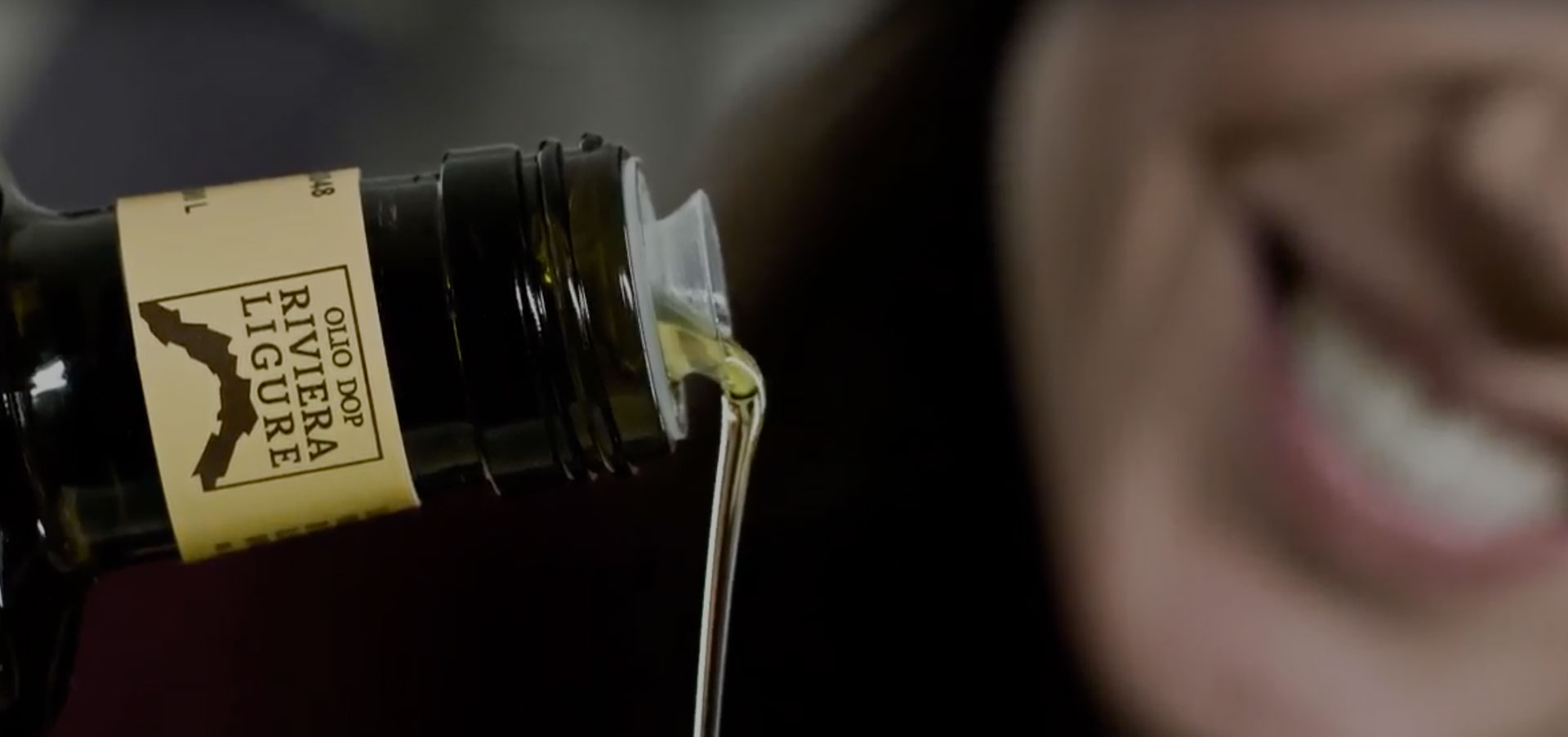
Santa Barbara Farm: the quality and historical roots of a farm on mount Portofino
On the slope of Mount Portofino, in Nozarego, a hill overlooking the Gulf of Tigullio, Umberto Costa took up the traditional activity of his family, reclaiming abandoned strips of land where old, once productive olive groves had become the habitat of suffocating ivy and impenetrable brambles as well as a haven for wild boar. Everything looked like it had been overtaken by wild nature. Even the dry stone walls, the fruit of immense sacrifice, had collapsed. And you could no longer admire the fine balance between human labour and Mother Nature in the landscape.
Umberto Costa recalled life at the olive mill and the rituals of a cyclical, rural pace of life, linked to oil production and respect for the earth. It was a passion that involved the entire family, even the grandchildren.
The undertaking involved the reclamation of the olive plantations, careful pruning, good farming practices and use of modern harvesting equipment, besides attention to the continuous cycle olive mill. But despite modern technology, cultivating Ligurian olives on hill slopes is always difficult.
History speaks volumes: Levante, like Ponente, was one of the Ligurian Rivieras that supplied olive oil to Genoa, which was a financial and commercial city and thus non-productive from an agricultural viewpoint. Mount Portofino, between Genovesato and Tigullio, became the Kingdom of the Lavagnina, a precious cultivar which is in fact the legendary Ponente Taggiasca transferred to Levante.
Santa Margherita Ligure, on the sea, as an emporium and port, had its own olive mills since olive cultivation had become important to the economy, namely since the late Middle Ages when cultivars were selected and the soils most suitable for farming were progressively identified.
These were cultivars like Lavagnina, Pignola, known and present also in the province of Savona, and the rare Mattana, useful for pollination. This was still in the time of “aggregate” farming, next to the vineyard, marked by the presence of typical and native vines. The hotbeds for the development of olive farming were the “villas”. These were veritable residences of delights, not to mention also centres of agricultural development, with specific lands destined for self-production of plants. We are talking about the Villas of Aviglia, Durazzo, Furco, Piaggio, Pistella, Spagna and Marciane. And perhaps in Marciane there is a reference to a Roman-Ligurian background.
Nozarego, where the trees of Santa Barbara farm grow, is between the famous Paraggi bay and Costasecca. It is a farming region already mentioned in documents dating back to 1143, with reference to the presence of walnut trees. Like in Nogareto in the area of Pigna, val Nervia, in the province of Imperia. In any case, it was olive farming land established back in the 17th century: in 1697, oil production in Santa Margherita Ligure was divided up among the lands belonging to its parishes: Nozarego 28% (lands between Paraggi and Costasecca), San Giacomo 14%, Santa Margherita 21%, San Siro 24% and Portofino 13%.
The road was long and the oil arrived as far away as South America: in 1871, Giuseppe Costa sent his son Giovanni Battista, grandfather of the current producer, 14 barrels of oil from Nozarego to Santiago, Chile.
From the cold pressing of lavagnine and pignole olives comes Santa Barbara extra virgin olive oil. It has the organoleptic qualities of a fragrant oil, whose perfectly balanced bitter and peppery taste, intense fruitiness and pine nut flavoured finish make it both unusual as well as suitable for enhancing Mediterranean cuisine. It obtained DOP Riviera Ligure (Riviera di Levante) certification in March 2014 and won the gold medal at the Premio Leivi 2014 for the best PDO oil in the Levante Riviera.
www.agricolasantabarbara.it







